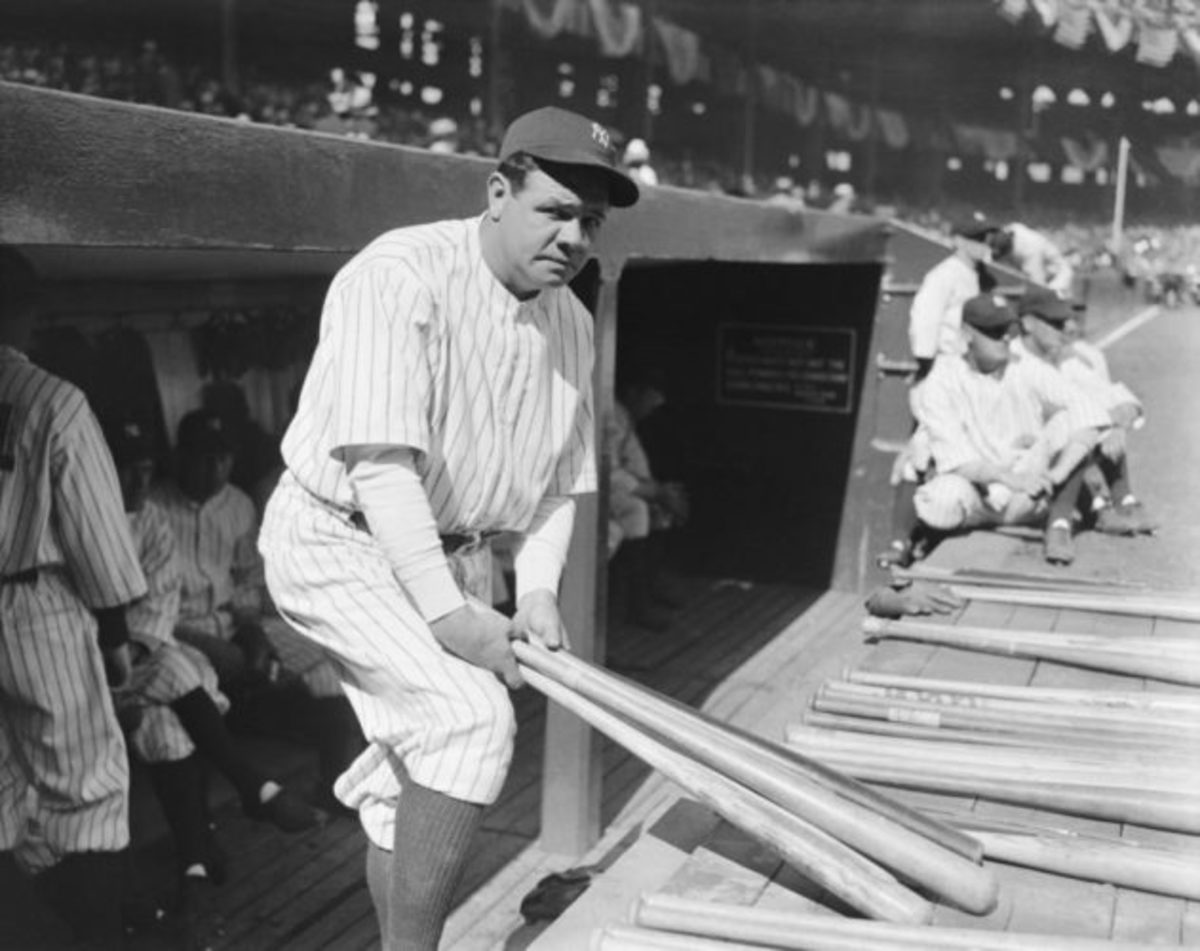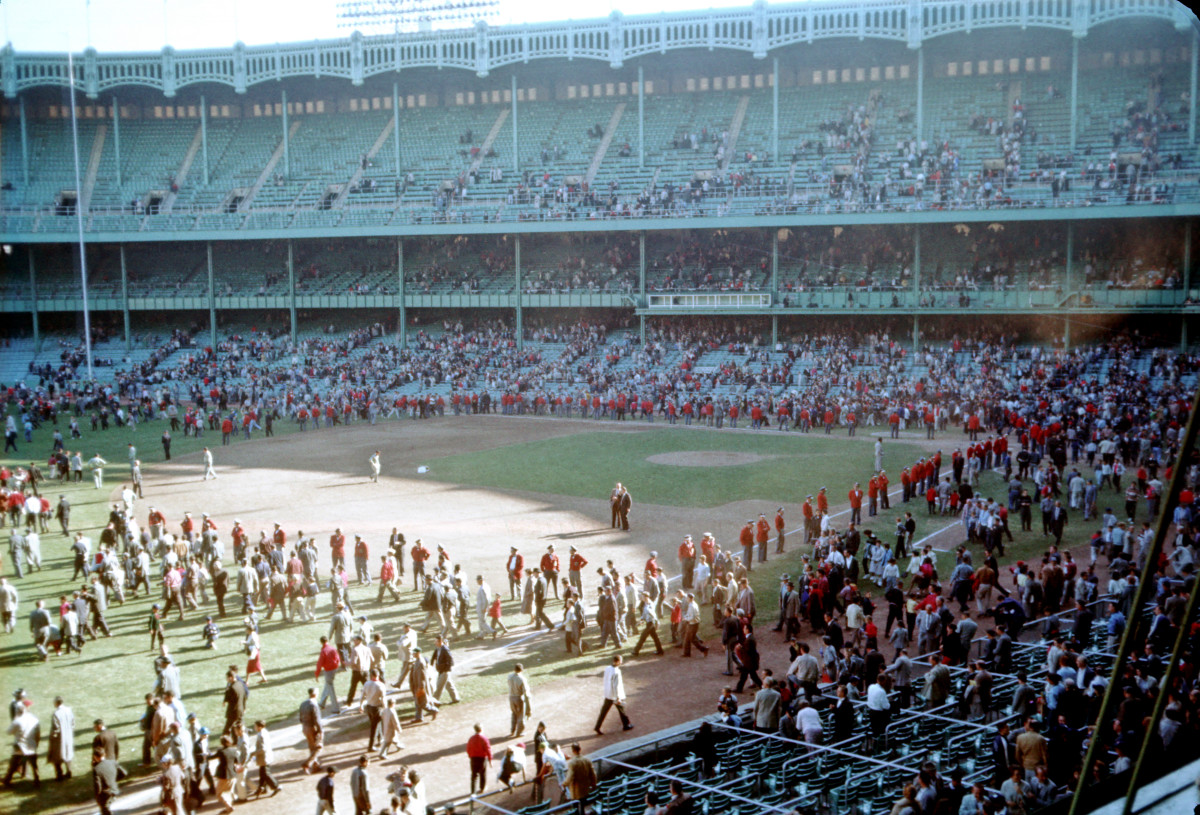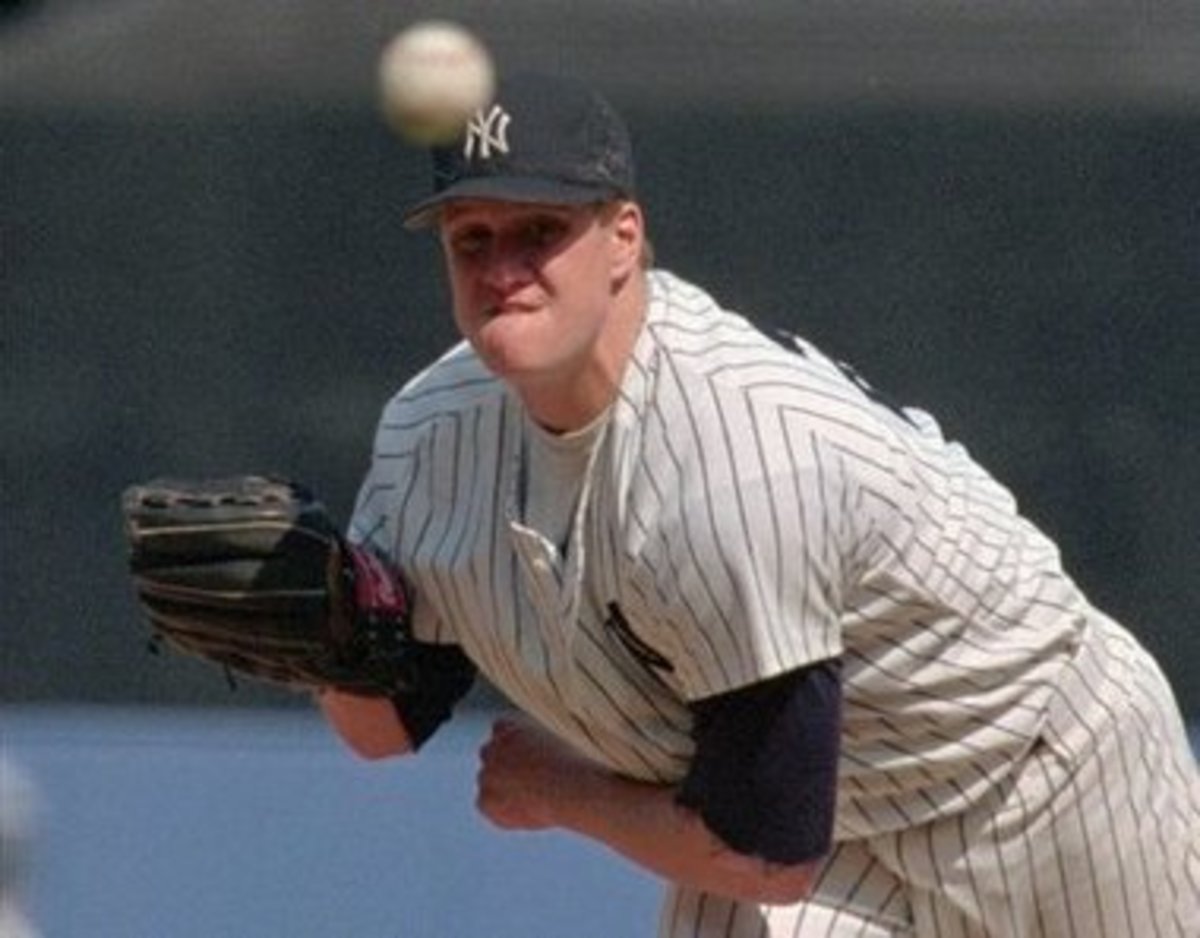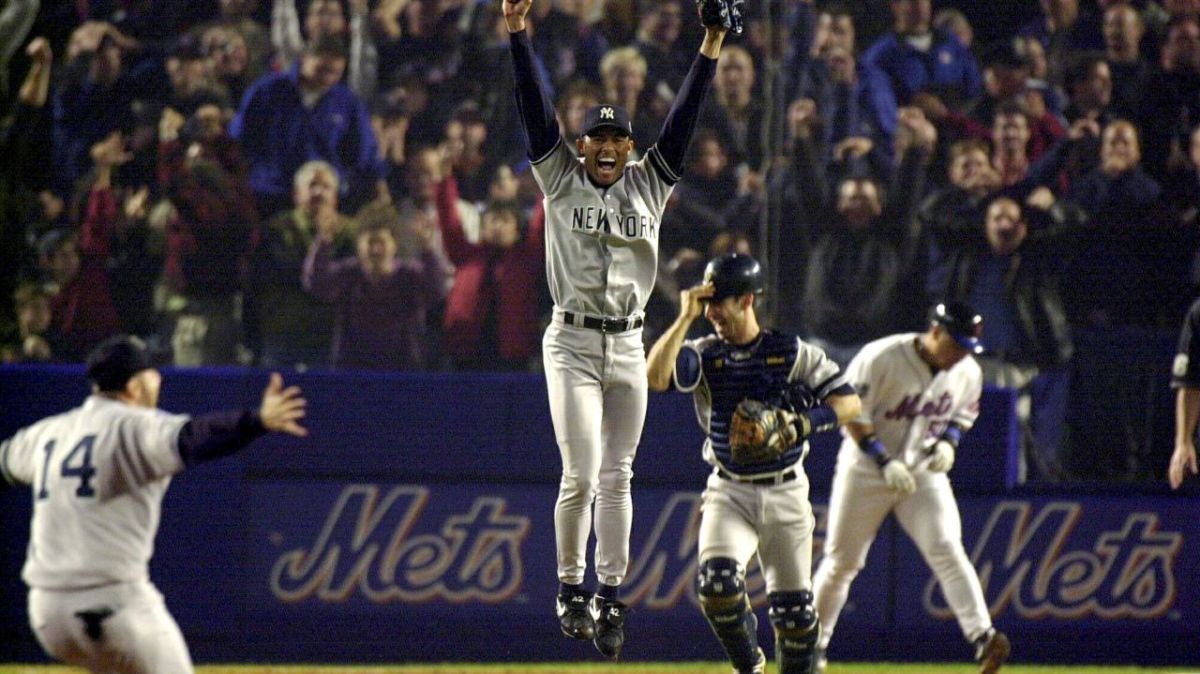- HubPages»
- Sports and Recreation»
- Team Sports»
- Baseball
The Hall of Fame Debate: Who Belongs and Who Doesn't?
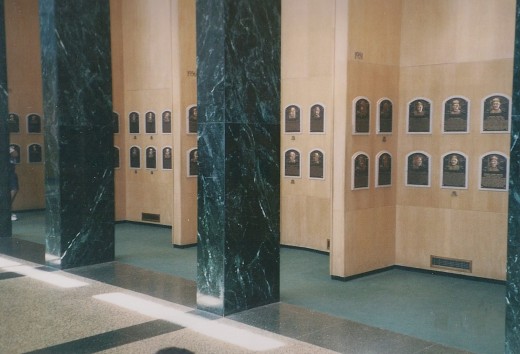
Here are some stats for four players, who for the moment will remain anonymous. Which of these players are in the Hall of Fame? Perhaps a better question is should any of them be in the Hall of Fame?
Player A
Games – 2,490; Runs – 1,668; Hits – 2,769; 2B – 522; HR – 235; RBI – 1,139; Scored 100+ runs – 10 times; Played in 140+ games –16 times; 200+ hit seasons – 1
Player B
Games – 2,502; Runs – 1,571; Hits – 2,605; 2B – 430; HR – 170; RBI – 980; Scored 100+ runs – 6 times; played in 140+ games – 8 times; 200+ hit seasons – 0.
Player C
Games – 2,469; Runs – 1,365; Hits – 2,757; 2B – 485; HR – 256; RBI – 1,169; Scored 100+ runs – 4 times; Played in 140+ games – 11 times; 200+ hit seasons – 3.
Player D
Games – 2,466; Runs – 1,272; Hits – 2,712; 2B – 526; HR – 339; RBI – 1,493; Scored 100+ runs – 3 times; Played in 140+ games – 11 times; 200+ hit seasons – 1.
All Had Solid Contributions
None of them are bad statistics; in fact, all of them are pretty good. Player A ranks in the top 35 all-time in runs scored and in the top 50 in doubles; Player D also ranks in the top 50 in doubles. However, none of them crack the top 50 in any of the other categories (only Player D made the top 100 in homers, but barely).
Player A is one of only 12 players to have 16 or more seasons playing at least 140 games, and is one of 15 to have 10 seasons of scoring at least 100 runs, so that’s pretty good. Player C is one of only 54 players to have three or more 200-hit seasons, also pretty good. And Players C and D rank in the top 100 for most seasons playing 140-plus games.
Player A led his league in runs once and triples once, and played on two World Series winners.
Player B led his league in runs twice, in batting average once and in doubles once. He won the only World Series he played in.
Player C led his league in hits twice and runs once, and lost in the only World Series he played in.
Player D led his league in batting average twice, in doubles twice, in hits once and in RBIs once. He played in three World Series, with his team winning two of them. In addition, he also won an MVP award.
All four players were outfielders: Players A and C primarily as centerfielders; Player C was considered to be an outstanding fielder at his peak; Player B as a leftfielder; and Player D a rightfielder with an outstanding arm.
Some More Stats
Any thoughts yet about which of these might be in the Hall of Fame? Any thoughts yet whether any of these stats warrant induction?
Looking at the stats objectively, Player A seems to have a clear edge – he ranks in the top 35 all-time in runs scored and the top 50 in doubles, was an elite player in scoring runs season after season, and was a workhorse in the number of games played each season. He played on two World Series champions and played a premier fielding position.
Player D has some merit, too, ranking in top 50 in doubles all-time, leading his league in several categories several times and winning an MVP award, plus two World Series championship rings.
Player C had those three 200-plus hit seasons, something only 53 other players have ever accomplished, was a great defensive player and was able to play in a lot of games each year.
Player B’s numbers are not far out of line with the others, but lacking a bit. He was a league leader a couple of times and played on a World Series winner, but wasn’t able to keep himself in the lineup much.
Here’s another factor – Player B played five more seasons than Players A and C, and four seasons more than Player D. Given that factor, his stats pale even a bit more.
Two Key Factors
However, I have left out two key factors, and you’ll have to see if this makes a difference in your thinking. Player B ranks 38th all-time in bases on balls, and ranks fifth all-time in stolen bases.
That should give you the final clue you need to realize that Player B is Tim Raines, who was inducted into the Hall of Fame on Sunday. In his career he walked 1,330 times and he stole 808 bases.
Player A is Johnny Damon, who will be on the Hall of Fame ballot next year. Player C is Vada Pinson, whose highest Hall of Fame vote total was 15.7 percent. Player D is Dave Parker, whose highest HOF total was 24.5 percent in his second year of eligibility.
Pertinent Questions
The question then becomes, Were Raines’ stolen base and walk numbers that much better than what Pinson and Parker did to warrant his election over theirs?
Another pertinent question: Given Raines’ election, should Damon be a shoe-in for election? Damon walked 1,003 times and stole 408 bases with an 80 percent success rate. Raines played in an era dominated by the running game while Damon played in an era dominated by home runs, a large chunk of his career with two teams who didn’t run much. In some ways, that makes his numbers even more impressive than Raines’.
Raines is considered one of the game’s premier leadoff hitters, and he did very well. Leading off a game he had .363 on base percentage. But Damon wasn’t far behind – he had a .343 OBP as the first batter of a game. Both had 102 extra base hits to lead off a game – 27 of them homers for Damon, and 16 for Raines.
Arguing for Exclusion Rather than Inclusion
Am I making a case for Damon to be elected to the Hall of Fame? Not necessarily. It’s more of a case that Raines doesn’t belong. However, you can’t kick him out now, so it seems that Damon has to get in. And really, Pinson and Parker as well.
I don’t know for sure what value stolen bases had in the early 1980s – many people were stealing bases at the time. Twice Raines stole 70 in a season without being the league leader. He only scored 100 runs in a season six times, but two of those were with the White Sox when he had 96 stolen bases combined in the two seasons. Three times he swiped 70 or more bases without scoring 100 runs.
After age 32, Raines was primarily a hanger-on. He only played more than 100 games four times in his final nine seasons, only more than 115 once. He stole 78 bases combined in those final nine seasons. After he turned 35 he never had more than 93 hits or 13 stolen bases in a season.
Damon, on the other hand, was still a prime player for six seasons after he turned 32, playing in at least 141 games each year, twice scoring more than 100 runs. Damon played four seasons after he turned 35, with between 146 and 155 hits in three of those, with stolen base totals of 12, 11 and 19. He scored 107 runs in his age 35 season.
So does Damon belong in the Hall of Fame? My answer is, if Tim Raines does, then certainly Damon belongs there. And the Veterans Committee should take a close look at Pinson and Parker.

